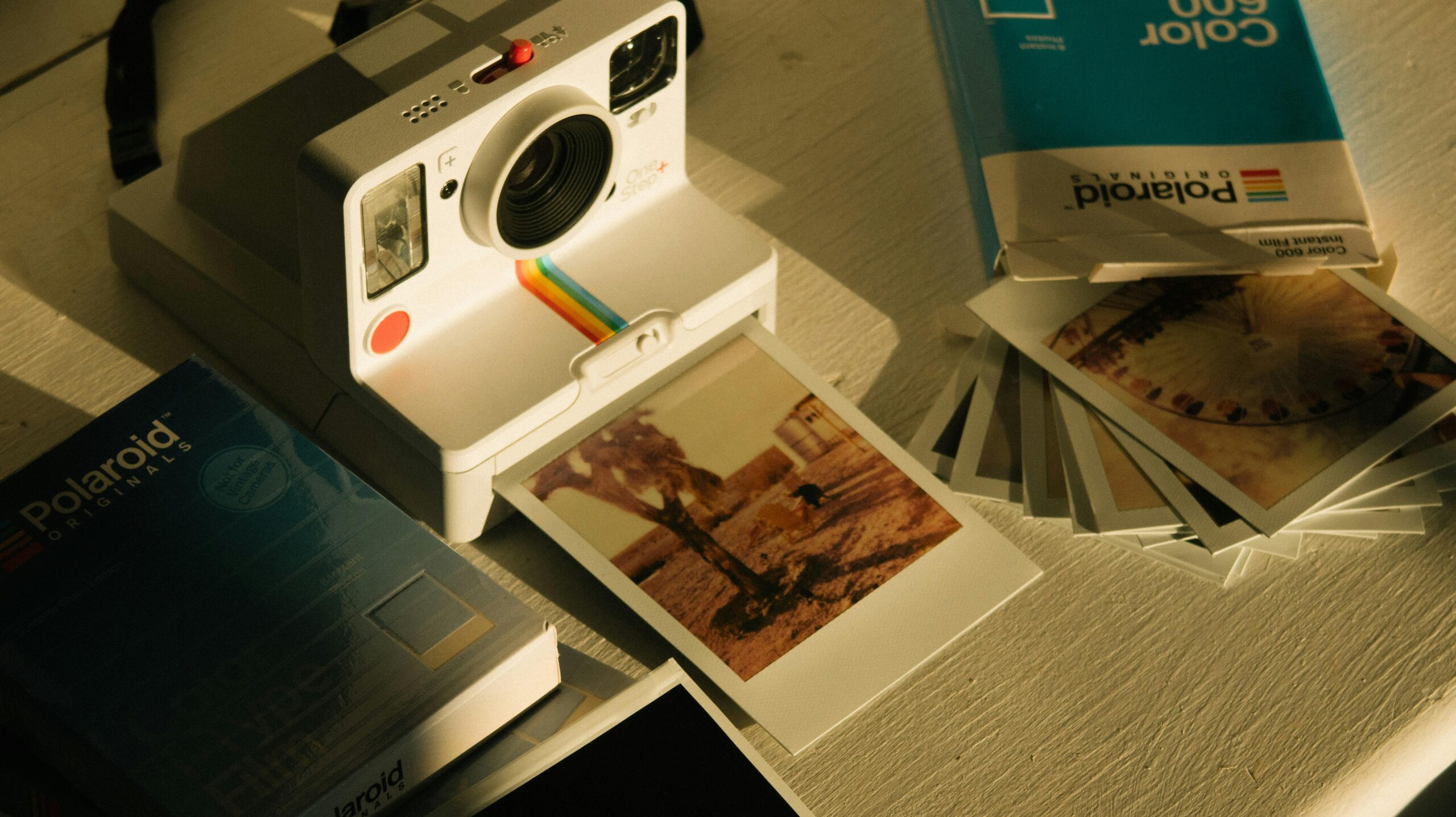The Difference Between DTF Printing and DTG Printing.
Among the constantly evolving options for decorating garments, the Direct-to-Film (DTF) and Direct-to-Garment DTG printing technologies are the most revolutionary. These techniques revolutionized the process for companies and designers who want to produce attractive, high quality prints on clothing. They have common features yet each of them provide distinct advantages for different purposes .
Those looking for a higher-quality equipment investment, the newer DTG printer options are an increasingly popular way to create bright, high detail images. Meanwhile, interest in DTF printing has been growing for its versatility and user-friendliness. To guide you in selecting the right fit, let’s examine the differences between these two techniques and how each can complement your printing business.
What is DTG Printing?
Direct-to-Garment DTG printing uses inkjet technology to print directly onto fabrics. The inks are water-based, penetrating the fibers for a soft natural hand and vibrant, crisp colors.
✅ Key Benefits of DTG Printing:
Higher Detail: Ideal for complicated designs and photo-realistic prints.
- Soft Finish: Prints that are soft in hand and integrate well with cotton fabric.
- Eco-Friendly Inks: Uses water based inks that are easy on fabrics and the planet.
- Awesome for Customization: Perfect for companies who do one-off custom apparel or small runs.
As a result, DTG printing has been the ideal solution for t-shirt companies who appreciate beautiful detail and colors on cotton garments.
What is DTF Printing?
Direct-to-Film printing (DTF) printing designs onto a PET film, laying heat activated adhesive powder on the design, then heat pressing the design onto a garment. This new process allows printing on almost any fabric.
✅ Key Benefits of DTF Printing:
- Multi-Purpose: Effective on cotton, polyester, silk, leather and various other fabrics.
- Durability: Wash and wear resistant prints.
- Streamlined Workflow: No need for sample pre-treatment, reducing time.
- Ideal for Scale: Small or large scale production runs.
Under DTF, companies can grow their offerings not only into cotton clothing but on top of that sportswear, bags and specialty fabrics.
DTF vs DTG: Understanding the Differences
| Feature | DTG Printing | DTF Printing |
| Printing Process | Inks are applied directly to garment | Designs are transferred from film to fabric |
| Fabric Compatibility | Best for cotton and cotton blends | Works on almost all fabric types |
| Print Feel | Smooth and soft to the touch | Smooth finish with a slight texture |
| Order Volume | Ideal for customized, small batches | Suitable for both small and large runs |
| Production Speed | Streamlined for single orders | Fast and efficient for bulk production |
When Should You Choose DTG or DTF?
DTG is the Way to Go for Premium Prints on Cotton When printing ultra-soft, highly detailed images on cotton t-shirts and apparel, DTG is a great method. It is especially useful for companies that sell high-end customized orders where bright colors and details are central .
Pick the DTF for Ultimate Fabric Versatility If you want to broaden what you offer and print on multiple types of fabric, DTF is the answer. You can create bold, durable designs on polyester, nylon, leather and other substrates, making it ideal for sportswear and specialty items.
Even if you’re interested in other types of printing, knowing DTG vs screen printing can also help you assess conventional printing vs newer digital printing techniques.
Why Do Businesses Love DTG and DTF Printing?
Both DTG and DTF printing are game changers for companies looking to provide high-quality apparel at incredible speed and accuracy. These processes are revolutionizing custom printing by simplifying the ability to meet consumer needs for customized and bright images.
✅ DTG Advantages at a Glance:
- Photorealistic prints on cotton apparel.
- Integration is seamless for print on demand businesses .
- Sustainable production with green inks.
✅ DTF Advantages at a Glance:
- Compatible with virtually any type of fabric.
- Bright prints with excellent adhesion for durability.
- Ideal for small to bulk production runs.
Final Thoughts:
DTF and DTG printing are both bold, new options for custom apparel businesses. If you prefer the HD output of DTG or the amazing versatility of DTF with virtually any fabric, both are professional prints that your customers will love.
These technologies are proving to be limitless for manufacturers seeking to diversify their product lines or become more efficient. A smart investment in the appropriate DT solution, either a feature-rich DTG printer for cotton garments or a DTF setup to print on a variety of substrates , will advance your brand and help you to be competitive.
Knowing both their strengths, you can make the choice that feels right to you in terms of your creativity and business orientation.






